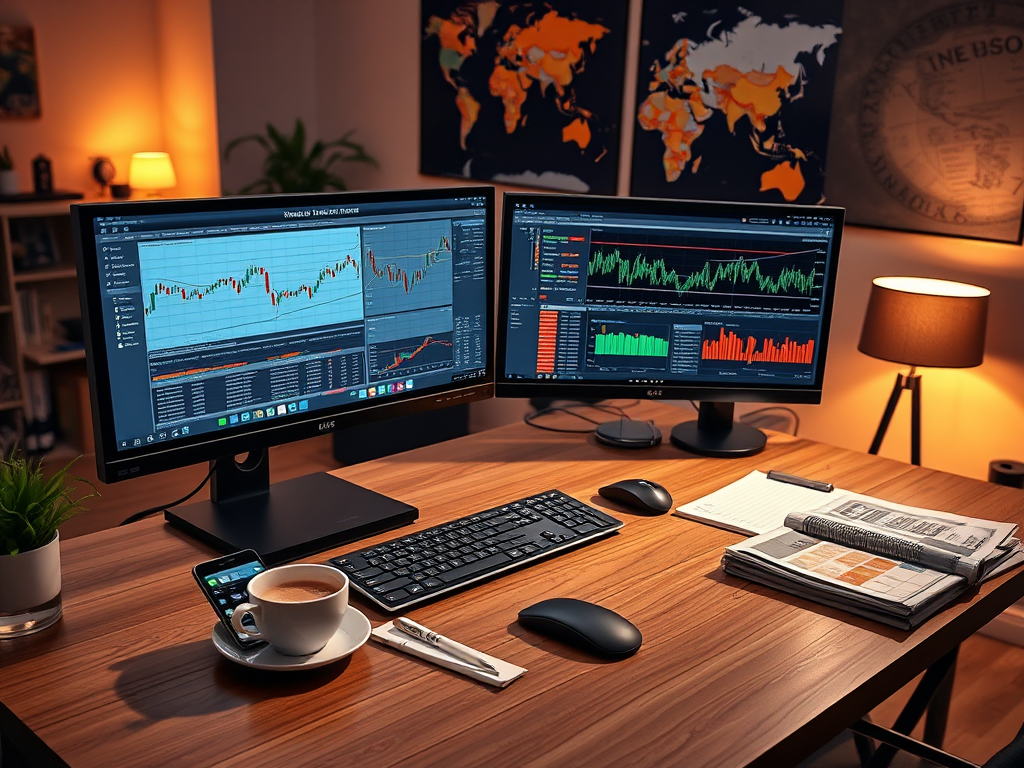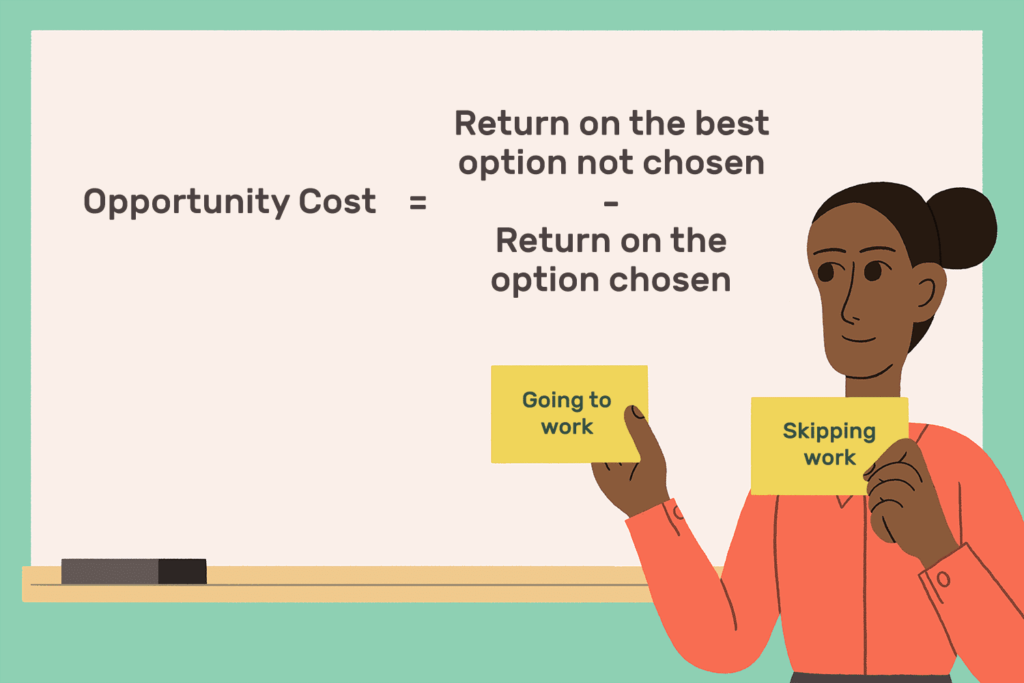How to trade in forex trading - A complete guide
The foreign exchange market, also known as forex (FX) or the currency market, is the world’s largest and most liquid market. It’s where currencies are traded for others and involves everything from travelers at the airport getting local currency to the global banks that keep the international system running.
Forex trading operates 24 hours in a day, five days a week. Below, we take a look at what you need to know to trade in the biggest and busiest sector of the financial world.
Key points:
- The foreign exchange (forex) market is the world’s largest financial market, with an average daily turnover of over $7.5 trillion.
- The forex market is an over-the-counter (OTC) market with no centralized exchange.
- Currencies are always traded in pairs, with the major pairs such as EUR/USD, USD/JPY and GBP/USD being the most liquid.
- In addition to speculation, the foreign exchange market also serves important economic functions, such as facilitating international trade and investment, enabling currency conversion, and allowing businesses and investors to hedge foreign exchange risk.
How to trade in forex trading
Trading in the foreign exchange market involves buying or selling one currency in exchange for another. The goal of trading is to make a profit from changes in the exchange rates between two currencies. To trade forex:-
- open a trading account with a broker that provides access to the FX market.
- After opening the account, you will need to deposit funds to use for trading.
- Once you add funds in your account, you can start trading.
Trades are sized in lots, with a standard lot representing 100,000 of the base currency (the first in the currency pair). For example, if you place a buy order for USD/CAD, you are speculating on an increase in the value of the US dollar against the Canadian dollar; this is considered a long position. If you place a sell order for USD/CAD, you are speculating on an increase in the value of the Canadian dollar against the US dollar; this is considered a short position.
How to trade in forex trading- Steps
Getting started with forex trading is relatively simple. Although there are some differences between opening a traditional stock trading account and an FX brokerage account, it is largely the same.
Step 1: Select a Broker
The first step is to determine which brokers will offer you a forex trading account. If your existing broker supports FX trading and you have an approved margin agreement, you can go ahead and start trading.
There are several factors to consider when choosing a forex broker:
- Authority
Make sure the broker is regulated by a respected financial authority like the Commodity Futures Trading Commission (CFTC).
- Minimum deposits
Minimum deposits amount for forex trading accounts are comparatively low. However, because of the role of leverage in forex trading, it is a good idea to have enough risk capital in the account to engage in meaningful trading. Even though you can open an account with a $0 minimum, it is difficult to trade with a small account balance.
- Brokerage fees
Brokerage fees for forex trading are very reasonable. There are two primary methods of payment. One is to pay brokerage per trade. The other primary method is not a brokerage fee, but rather a wide bid/offer spread that prices the broker’s fee into the trade price. Whether you would prefer to pay your fees based on trade size or through a pricing spread will likely depend on how actively you are trading and what the average trade size is.
Step 2: Account opening
To open an account, you will need to provide your personal details, including name, address, tax ID number, and some financial background information.
When you open an FX trading account, you will often execute a margin agreement because currency trading involves leverage. Trading currency options will require an options agreement, which can be accomplished through OTC options offered by some forex brokers or exchange-traded options on currency futures.
Step 3: Identity verification
Your broker will verify your identity through your passport, license, or national ID. A copy of a utility bill or bank statement will also help confirm your address. The broker requests your financial and tax information to comply with U.S. government laws and CFTC regulations.
Step 4: Fund Deposit
Once your account is approved, you will need to fund it to begin trading. Some forex platforms allow you to start trading with as little as $100, which, at the 2% margin (or 50:1 leverage) available for some markets, enables you to open a $5,000 position. Funding is typically done via ACH bank transfer, wire transfer, debit card (after verification) or bank check.
Step 5: Research Currencies
Once the account is funded, you will need to choose the currency pairs you want to trade.Then You can analyze to determine their time points and price levels for trade entry and exit. As with all markets, but especially in leveraged markets such as Forex, managing your trades well will be key to preserving your funds on losing trades and increasing them as much as possible on profitable trades.
Step 6: Manage Your Positions
Once you’ve chosen a currency pair and analyzed the market, place a buy (long) or sell (short) order through your broker’s platform. Make a journal of your trades regularly and adjust your strategy based on market conditions.
Step 7: Risk
Forex trading can be quite volatile, so it’s important to have risk management measures in place. Never risk more than you can afford to lose, and consider using tools such as stop-loss orders to automatically exit a trade if the market goes against you.
FAQs
How do I start forex trading?
Step 1: Select a Broker
Step 2: Account opening
Step 3: Identity verification
Step 4: Fund Deposit
Step 5: Research Currencies
Step 6: Manage Your Positions
Step 7: Risk
What is the 5-3-1 rule in forex?
The numbers five, three and one mean: Five currency pairs to learn and trade. Three strategies to become an expert on and use in your trading. One time to trade, the same time every day.
Is $100 enough to start Forex?
Key points. A deposit of $100 is enough starting capital to open forex trades in a real forex account without breaking risk management rules. On average, traders with a medium level of experience can earn more than 10% of the deposit per month. Professional traders’ earnings can exceed 500% annually
Can I start forex trading with 5000?
Starting with $5,000 will give you even more flexibility than starting with $1,000. With $5,000 you can risk up to $50 per trade. Let’s say you buy EUR/USD at 1.1130 and place a stop-loss order at 1.1121, you have a risk of 9 pips based on pip movement. You can trade both mini and micro-lots.
Is Forex really profitable?
The forex market has emerged as a lucrative opportunity for those with a financial background. With low entry requirements and markets open 24/7, anyone with a laptop or smartphone can potentially make a profit in the forex markets. However, these opportunities also come with high leverage and high risk
The Bottom Line
The foreign exchange market is the world’s largest and most liquid financial market, where currencies are traded 24 hours a day, five days a week. With an average daily trading volume of over $7.6 trillion, it dwarfs other markets and offers possibilities for traders and investors.
However, the high liquidity and leverage of the foreign exchange market also come with significant risks, making it important to develop a solid understanding of currency trading, economic indicators and risk management strategies before trading. For individual investors, the foreign exchange market can provide diversification to their portfolios and a hedge against currency fluctuations.
Must read
https://allchemy.me/moringa-powder-how-to-use-benefits-and-disadvantages
https://royfinance.in/what-is-forex-trading-and-how-does-it-work/



